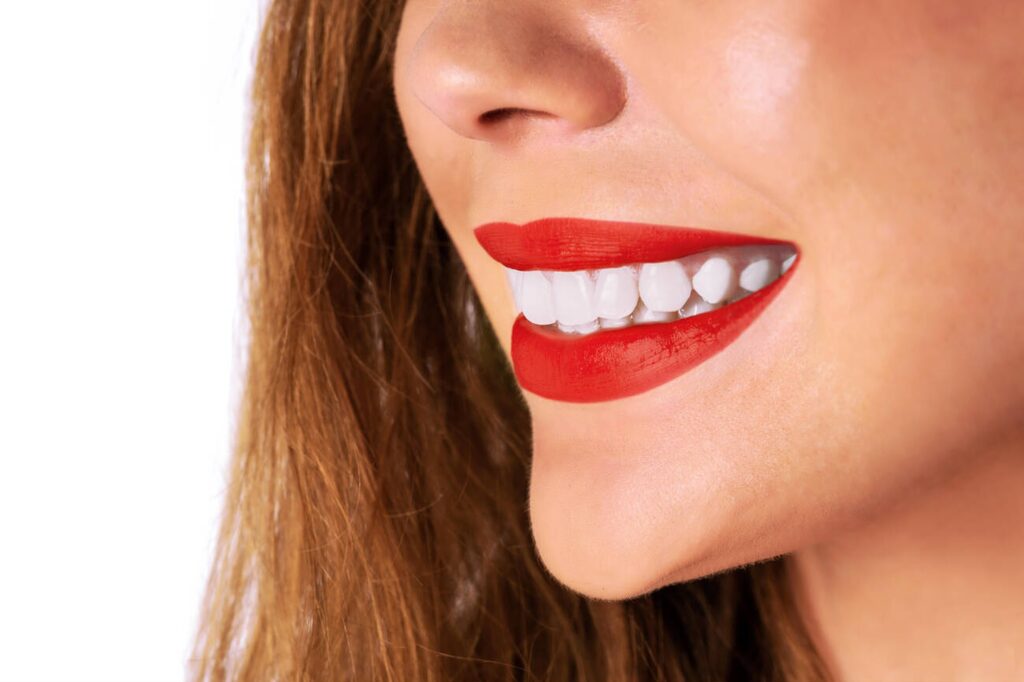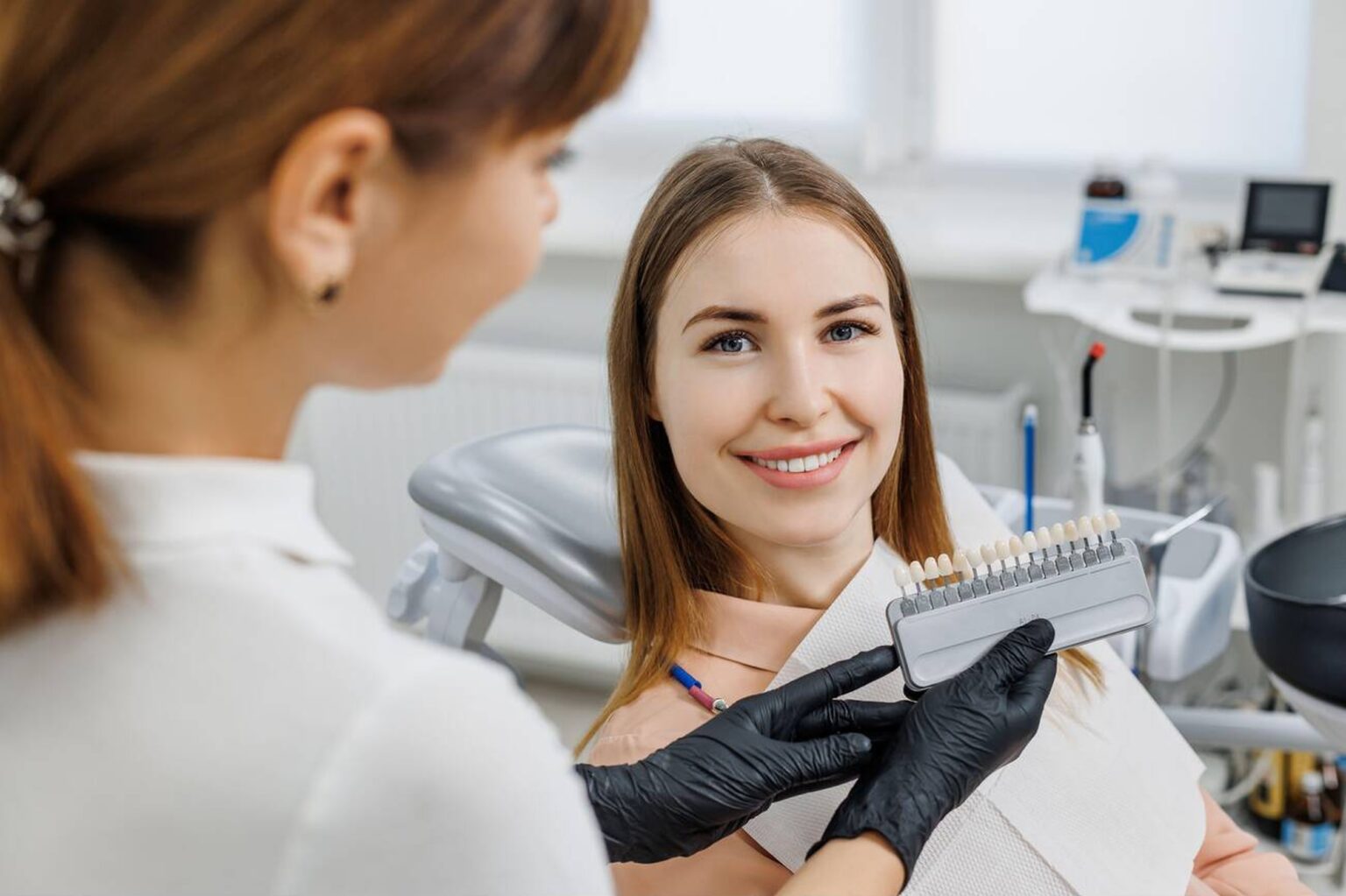Tooth whitening is a popular way to enhance smiles and boost confidence. Many people seek out bright, white teeth to feel better about their appearance. Whether at home or at the dentist’s office, there are effective methods to achieve a whiter smile. Understanding the variety of products available can help individuals choose the best option for their needs.

From whitening strips and gels to professional treatments, options can feel overwhelming. Knowing the differences between these methods ensures that one can find a suitable solution. Good oral hygiene and dietary habits also play a key role in maintaining a bright smile.
The journey to whiter teeth doesn’t have to be complicated. With the right information, one can confidently select whitening products and routines that work best. Keeping up with practices that promote oral health will lead to long-lasting results.
Key Takeaways
- There are multiple effective methods for tooth whitening.
- Choosing the right product involves understanding different options.
- Good oral care helps maintain a bright and healthy smile.
Understanding Tooth Whitening

Tooth whitening is a popular cosmetic treatment aimed at improving the appearance of teeth. It is essential to recognize the reasons behind tooth discoloration and the various methods available for whitening. Safety and possible risks are also crucial to consider before starting any treatment.
Causes of Tooth Discoloration
Tooth discoloration can happen for many reasons. It can be caused by lifestyle choices, such as consuming certain foods and drinks.
- Foods and Drinks: Items like coffee, tea, red wine, and dark berries can stain teeth over time.
- Tobacco Use: Smoking or chewing tobacco can lead to significant discoloration.
- Aging: As people age, enamel wears down, exposing the darker dentin layer beneath.
- Medications: Some medications, particularly certain antibiotics, can cause discoloration.
- Fluorosis: Excessive fluoride during childhood can result in white spots or stains on teeth.
Understanding these causes can help individuals prevent further discoloration.
Overview of Tooth Whitening Methods
There are several effective methods for tooth whitening, each with its own benefits.
- Whitening Toothpaste: These toothpastes contain mild abrasives and chemical agents to remove surface stains.
- Whitening Strips: Thin, flexible strips coated with a hydrogen peroxide gel are applied to teeth for a specified time.
- At-Home Kits: These kits usually include trays that hold a bleaching gel. They may require longer treatment periods.
- Professional Treatments: Dentists offer stronger whitening products, often providing quicker and more noticeable results. These treatments can include in-office bleaching or custom-fitted trays.
Each method varies in terms of effectiveness, cost, and convenience, making it important for individuals to choose the right option for their needs.
Safety and Risks of Tooth Whitening
Safety is a primary concern when considering tooth whitening. While many methods are safe, there are potential risks.
- Sensitivity: Some individuals may experience increased tooth sensitivity during or after treatment.
- Gum Irritation: Whitening agents can sometimes irritate the gums, especially if they come into contact with them.
- Overuse Risks: Frequent or improperly used whitening products can lead to enamel damage or uneven results.
- Consultation Recommended: It’s wise for individuals to consult with a dentist before starting any whitening treatment. They can offer guidance tailored to specific dental health needs.
Awareness of these aspects can help individuals make informed decisions regarding tooth whitening.
Practical Guide to Tooth Whitening

Tooth whitening can greatly enhance the appearance of one’s smile. Various methods are available, ranging from professional treatments to at-home options. Understanding these choices can help individuals make informed decisions.
Professional Whitening Procedures
Professional whitening treatments are offered by dentists. These procedures often provide the most effective results. The two main types include in-office treatments and custom whitening trays.
In-office treatments typically take about one hour. During this session, a dental professional applies a high-concentration bleaching agent, such as hydrogen peroxide or carbamide peroxide. This method can offer immediate results.
Custom whitening trays involve taking impressions of the patient’s teeth. The dentist then provides a custom-fitted tray and professional-grade whitening gel. Patients wear the tray for a specified time at home. This method may take longer to show results but is effective for many.
At-Home Whitening Options
At-home whitening options can be convenient and cost-effective. Common methods include whitening toothpaste, strips, kits, and gels.
Whitening toothpaste contains mild abrasives and chemicals that help remove surface stains. Popular brands like Colgate, Crest, and Sensodyne offer products designed specifically for whitening.
Whitening strips are thin, flexible plastic coated with a peroxide-based gel. Users apply them directly onto their teeth for a set duration. Kits with trays are also available, which allow users to apply the whitening gel over a longer period.
At-home options generally yield more gradual results compared to professional treatments.
Maintenance of Whitening Results
Maintaining whitening results is crucial for prolonging a bright smile. Several strategies can help ensure lasting whiteness.
Regular dental hygiene is essential. Brushing twice daily and flossing effectively can help prevent the buildup of stains.
Avoiding stain-causing foods and drinks is also effective. Items like coffee, red wine, and certain berries can contribute to discoloration. Using a straw for beverages can limit contact with teeth.
Additionally, periodic touch-ups may be necessary. Using whitening toothpaste or at-home kits every few months can help maintain brightness. Regular dental check-ups can also assist in keeping teeth healthy and white.













